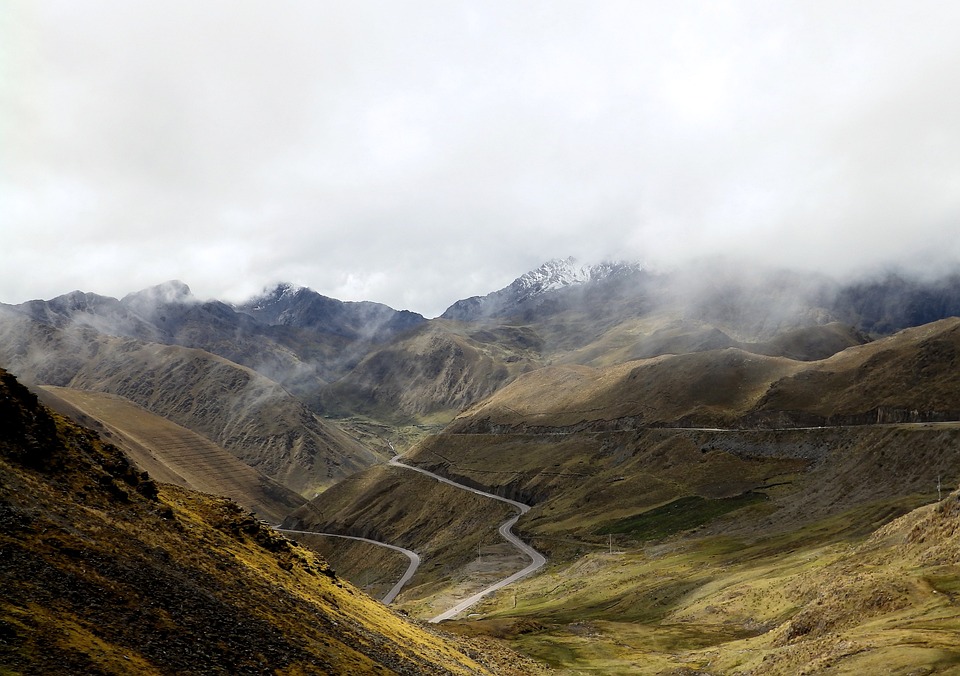Dino-Mite Discovery: Fossilized Feces Reveals Secrets of Dinosaur Diet
Imagine stepping into a time machine and finding yourself in the midst of a lush, prehistoric forest, surrounded by towering trees and the sounds of roaring beasts. As you explore this ancient landscape, you stumble upon a fascinating find: a fossilized pile of dinosaur dung. Yes, you read that right – fossilized poop! But, believe it or not, this dino-mite discovery is providing scientists with a unique window into the eating habits of our ancient friends.
What’s the big deal about fossilized feces?
You may be wondering why anyone would care about dinosaur poop. But, as it turns out, fossilized feces can reveal a wealth of information about a dinosaur’s diet, habitat, and even its internal biology. By analyzing the fossilized remains of a dinosaur’s droppings, scientists can gain insights into the types of plants and animals that made up its diet.
How is this possible?
The fossilization process is a slow and deliberate process that occurs over thousands of years. As an animal’s waste is deposited and buried, it is protected from oxygen, insects, and other scavengers that might disrupt the fossilization process. As time passes, the organic matter begins to break down, and minerals in the surrounding soil seep in, replacing the original material. Eventually, the fossilized remains of the poop are left behind, retaining the shape and structure of the original dropping.
What secrets are these fossilized feces revealing?
Scientists have been studying these fossilized feces, known as coprolites, and have made some fascinating discoveries:
- Plant-eating dinosaurs: Fossilized feces have revealed that some plant-eating dinosaurs, like the hadrosaurs and ceratopsians, had a diet that consisted mainly of ferns and conifers.
- Meat-eating dinosaurs: Coprolites from meat-eating dinosaurs, like the tyrannosaurs and theropods, have shown that they feasted on a variety of prey, including other dinosaurs, lizards, and even early mammals.
- Gut contents: Fossilized feces have even revealed the contents of a dinosaur’s gut, providing insights into what they ate and how they digested their food.
Image: A reconstructed T. rex coprolite (fossilized feces) in the American Museum of Natural History. [1]
FAQs:
Q: How common are fossilized feces?
A: Fossilized feces are relatively rare, as they require a specific set of conditions to form.
Q: Can fossilized feces be found anywhere?
A: No, fossilized feces are typically found in areas with specific geologic conditions, such as sedimentary rocks and fossil-rich formations.
Q: How do scientists date fossilized feces?
A: Fossilized feces are often dated using radiometric dating techniques, such as uranium-lead dating.
Q: Can fossilized feces be used to study ancient diseases?
A: Yes, fossilized feces can provide clues about ancient diseases and health issues in dinosaurs.
Q: What’s the most interesting thing scientists have learned from fossilized feces?
A: One of the most intriguing discoveries is that some dinosaurs had tapeworms, just like humans do today!
In conclusion, the discovery of fossilized feces is a game-changer for paleontologists and scientists studying the ancient world. These dino-mite discoveries are revealing secrets about dinosaur diets, habits, and biology, and providing us with a unique glimpse into the lives of our ancient friends.
References:
[1] American Museum of Natural History. (n.d.). T. rex Coprolite. Retrieved from https://www.amnh.org/learn/dinosaurs/t-rex-coprolite/
Note: The image used is a reconstructed T. rex coprolite in the American Museum of Natural History. However, please note that the image is for illustrative purposes only and may not accurately represent the actual fossilized feces.



